For custom home builders in South Carolina, planning your landscape design starts with native plants. Native plants, which are found naturally within a region or environment without human introduction, are great options for your landscape because they’ve formed a symbiotic relationship with the wildlife to create a sustainable habitat.
In fact, native plants can help your local environment in a number of ways. Because they thrive in the soils and atmosphere of your region, you’ll be able to control wasteful supplemental watering and you can even prevent pest problems. Native plants also help manage rainwater runoff and can maintain healthy soil through a root system that’s right for your land.
If you’re considering building a home, the following is a list of 7 native plants recommended by custom home builders in South Carolina. These plants can help your landscape thrive while preserving the natural history and protecting the ecosystem found in the region. Learn more about South Carolina’s native plants by visiting the South Carolina Wildlife Federation.
Southern Magnolia, Magnolia Grandiflora
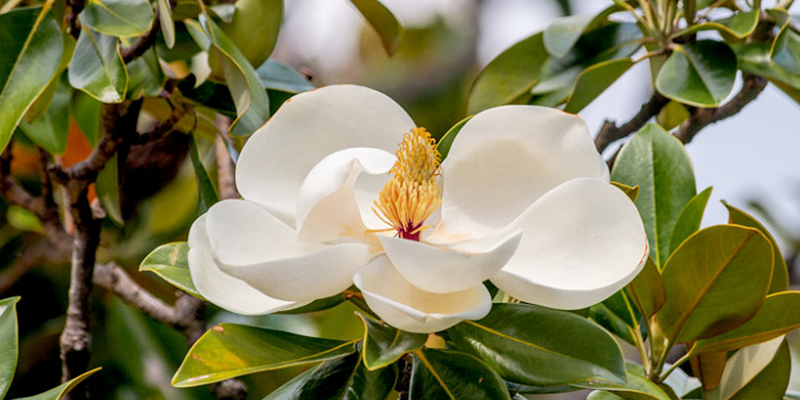
A Magnolia is a magnificent tree that’s synonymous with southern living. Its large, creamy white flowers emit a lemony scent for a summery treat. If you’re a bird lover, it’s a great nesting tree. Yellow-Bellied Sapsuckers and the Red-Cockaded Woodpecker feed on its seeds while squirrels, rabbits, and birds—including wild turkey—like to eat its fruit. While the flowers don’t last year-round, this tree is evergreen, so it keeps most of its leaves throughout the year. It’s a perfect tree for shoreline buffer.
Wild Rhododendron, Rhododendron Maximum
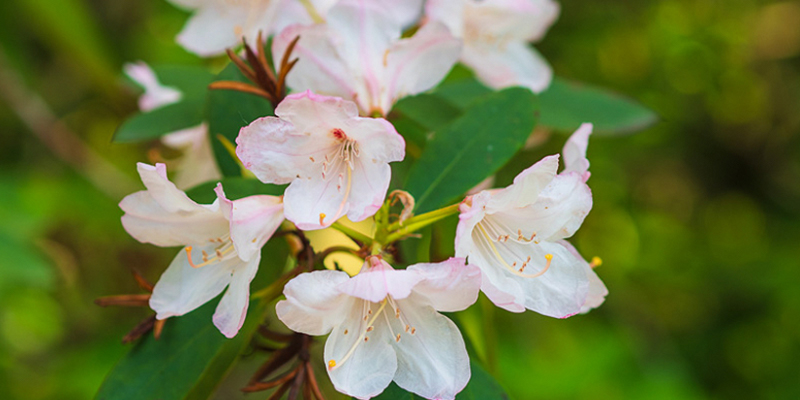
Wild Rhododendron is a beautiful addition to any custom home thanks to their easy upkeep and variety of colors. The spectacular blossoms of a Rhododendron, which bloom between early spring to midsummer, attract hummingbirds and butterflies, creating a magical backyard oasis. Grow these plants alongside oaks and pines or use them as shade for ferns and wildflowers.
Sweet Pepperbush, Clethra Alnifolia
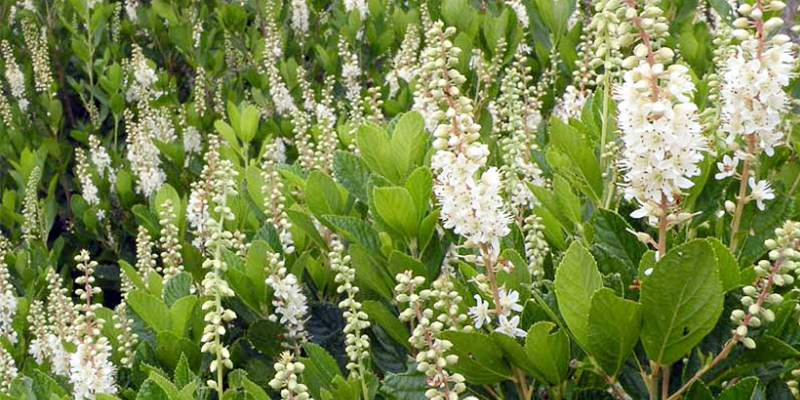
A Sweet Pepperbush plant is a magnet for the types of wildlife you’ll love to watch. The flowers are environmentally beneficial as bees, butterflies, and hummingbirds stop by for nectar from its fragrant white flowers, which appear mid-summer. The fruit of the Sweet Pepperbush is typically eaten by shorebirds, game birds, and waterfowl. This plant is frequently used as a shoreline buffer and its roots help prevent erosion from occurring.
Carolina Jessamine, Gelsemium Sempervirens
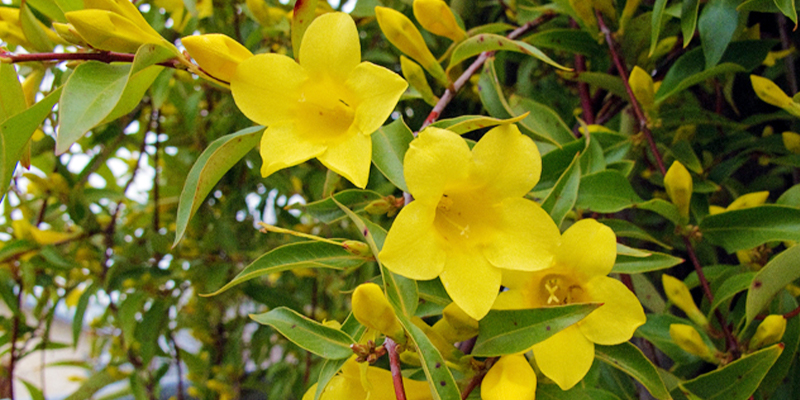
Custom home builders in South Carolina will tell you the fragrant yellow, trumpet-like flowers of the Carolina Jessamine are a beautiful addition to any yard. That’s because, in part, it’s the state flower of South Carolina. However, this vine, which looks beautiful climbing a trellis, fence, or wall also attracts hummingbirds, game birds, and butterflies. Keep in mind that this vine is not only hardy, it’s also poisonous. Talk to your builder about the best way to ensure it stays away from pets and children.
Goldenrod, Solidago
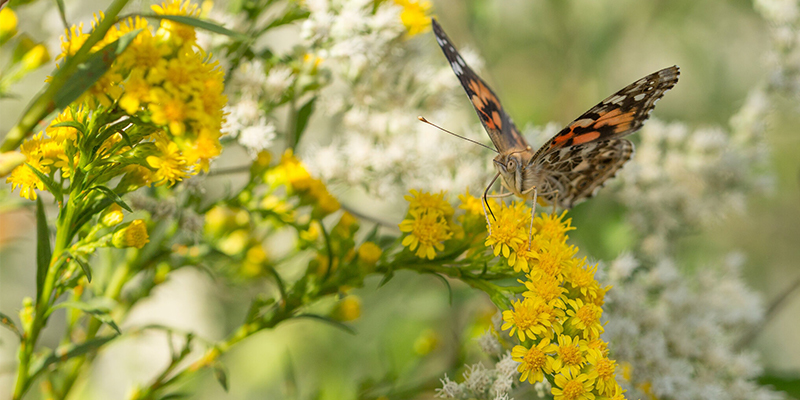
Some people believe Goldenrod is a weed, but don’t let those opinions fool you. The reality is this plant is incredibly versatile in its uses. The official South Carolina State Wildflower, Goldenrod’s yellow, daisy-like flowers are favorites of butterflies and bees and its seeds nourish Goldfinch and other birds. In fact, its leaves may be used in herbal teas if you’re feeling adventurous. Like other plants listed above, Goldenrod is a great shoreline buffer.
Royal Fern, Osmunda Regalis
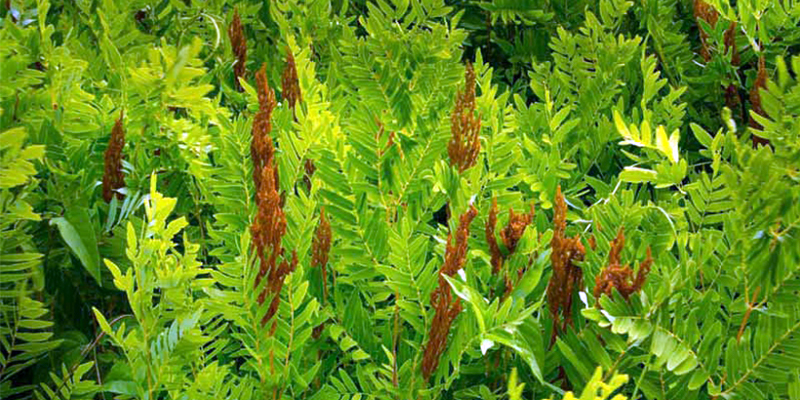
Custom home builders in South Carolina can’t get enough of the Royal Fern, and for good reason. This deciduous fern provides a beautiful, low-maintenance form of ground cover and is crowned with a rusty-brown flower in the spring. This fern is deer resistant and grows well in wet, acidic soil along swamps, bogs, and stream banks.
Florida Azalea, Rhododendron Austrinum
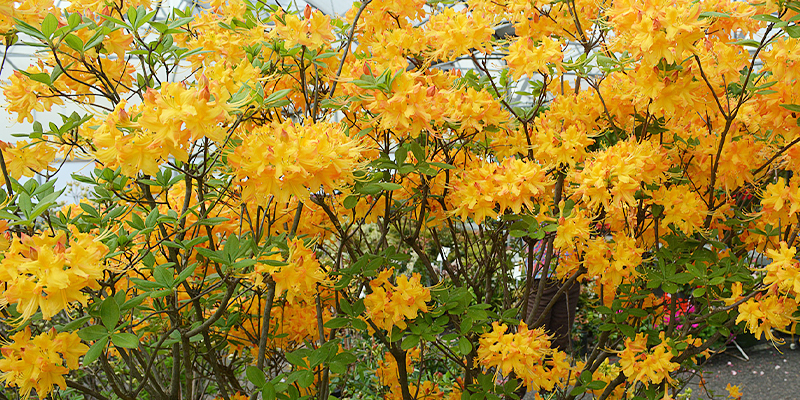
The Florida Azalea, like the Wild Rhododendron, is easy to maintain. Its beautiful yellow and orange flowers bloom in masses in the spring and emit a honeysuckle scent. The Florida Azaelea is a draw for Swallowtails, Gulf Fritillaries, Monarchs, hummingbirds, bees, and songbirds, making it a lovely addition to any landscape.

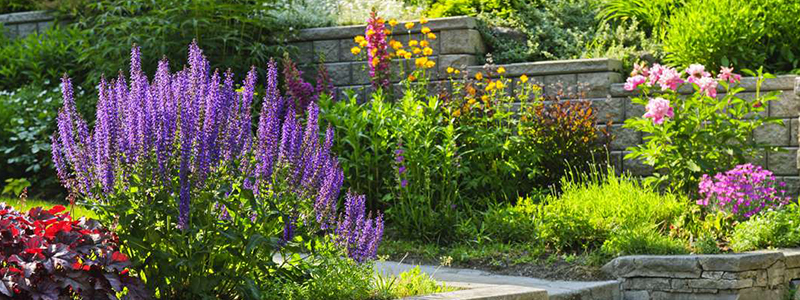

 2021
2021